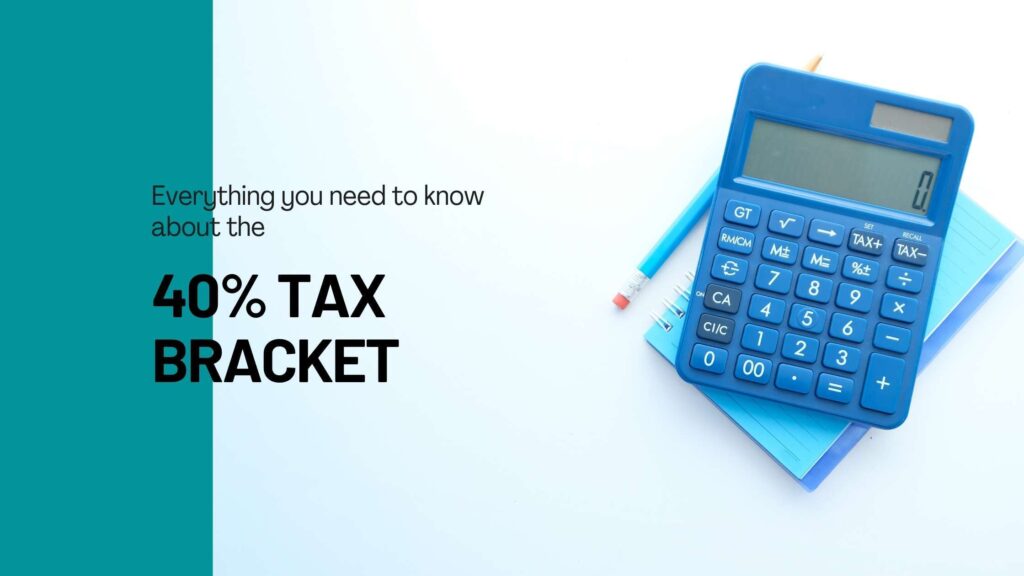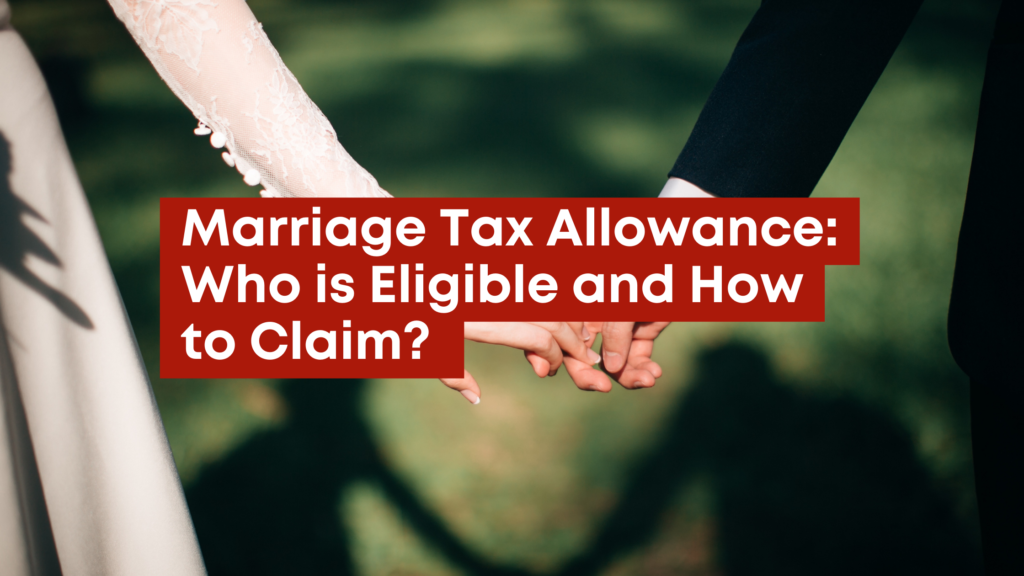If you’ve ever received a pay rise or closed a major deal, you’ve likely come across the term “40% tax bracket.” But what exactly does it mean? Understanding the 40% tax bracket is crucial for high-income earners, small business owners, and entrepreneurs who want to manage their finances wisely. In this article, we’ll cover everything you need to know about the 40% tax bracket, from how it fits into the UK tax system to strategies for reducing your tax burden.
Introduction to the 40% Tax Bracket
The 40% tax bracket, often called the ‘higher rate,’ is a significant aspect of the UK tax system. It applies to individuals with an annual income between £50,271 and £125,140. If you’re a high-income earner, small business owner, or entrepreneur, understanding this bracket is essential for managing your finances.
How the 40% Tax Bracket Fits into the UK Tax Landscape
The UK income tax system is divided into different levels. It starts with the personal allowance, where you don’t pay any tax on income up to £12,570. After that, income between £12,571 and £50,270 is taxed at 20%, known as the basic rate. Then, any income between £50,271 and £125,140 falls into the 40% tax bracket. Beyond that, income over £125,140 is taxed at 45%
Calculating Your Taxable Income
If you’re wondering how much tax you’ll pay, tools like an income tax calculator UK can help. For instance, with an income of £60,000, your tax calculation would be as follows:
- 0% tax on the first £12,570
- 20% tax on income ranging from £12,571 to £50,270
- 40% tax on income between £50,271 and £60,000
So, only the amount between £50,271 and £60,000 (i.e., £9,729) will be taxed at the 40% rate. Using a salary after tax tool can give you a clearer idea of your take-home pay.
Financial Impact of the 40% Tax Rate
Being in the 40% tax bracket can significantly affect your take-home pay. It’s important to plan accordingly to avoid financial strain. Understanding how much tax you’ll owe allows you to budget effectively and explore ways to optimise your tax efficiency.
Effective Strategies for Reducing Your Tax Burden
If you wish to reduce your tax liability within the 40% bracket, consider the following strategies:
Contribute to a Pension: Pension contributions are an effective way to lower your taxable income. The amount you contribute is deducted from your income before tax is calculated, which reduces the portion of your income subject to the 40% tax rate. This strategy helps you save for retirement and decreases your overall tax burden.
Utilise ISAs: Individual Savings Accounts (ISAs) enable you to save or invest money while avoiding taxes on the interest or capital gains. Maximising your ISA contributions can significantly reduce your overall tax burden.
Expense Deductions: If you’re self-employed or own a business, it’s important to claim all eligible business expenses. These expenses can be deducted from your total income, reducing the income subject to tax. Common deductible expenses include office supplies, travel, and utility bills. Keeping detailed records of these expenses can significantly lower your taxable income, reducing your tax liability.
Will the 40% Tax Bracket Change in the Future?
Yes, the 40% tax bracket can change, as tax rates are reviewed every year in the government’s annual Budget. Changes are made based on the country’s economy and government decisions. While the 40% rate has stayed the same for a few years, it’s important to keep an eye out for any updates. For now, the UK’s tax bands are frozen until 2028, but this could be adjusted later.
Understanding the 40% tax bracket and how it works is crucial for effective financial planning. While it may seem intimidating, remember that it only applies to the portion of your income above the threshold. With the right strategies, like tax-efficient investments or pension contributions, you can manage your tax bill more effectively.
Consulting with a tax advisor can help you explore advanced tax planning strategies that align with your financial goals over the long term. For more detailed guidance and support, feel free to contact Swiftacc, our team of expert accountants can provide comprehensive tax return services tailored to your needs.
Frequently Asked Questions
Will I pay a 40% tax on my entire income?
No, only on the portion of income that exceeds £50,270.
Can the 40% tax bracket change?
Yes, it is subject to legislative changes, although current thresholds are frozen until 2028.
How can I reduce my taxes if I'm in the 40% bracket?
Consider pension contributions, ISAs, and claiming all eligible expense deductions.
How does the 40% tax bracket work?
The 40% tax bracket applies to individuals earning between £50,271 and £125,140. Only the income above £50,271 is taxed at 40%, while any income below this threshold is taxed at lower rates according to the applicable tax bands.
How much do I need to earn to pay the 45% tax rate?
You’ll need to earn over £125,140 in a tax year to pay the 45% tax rate. This applies to any income above that amount.





